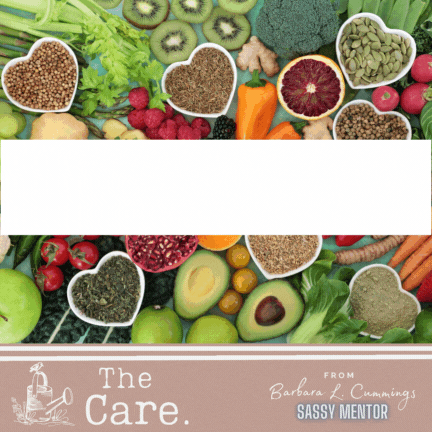Keep Fear From Making You Sick

Fear is an intense emotion. It can send a surge of white-hot energy throughout your body as adrenaline flushes your system and makes you keenly aware things aren’t right, which is a good thing. It can also simmer in your body with a constant reminder that something might go wrong at any moment and danger lurks behind every corner, which is not so good.
Short term fear might result in a heightened sense of anxiety, the feeling of butterflies in your belly, sweating and flushing, or shortness of breath. As a throwback to our previous reference to saber tooth tigers, when faced with that kind of physical danger, we needed those reactions. Our heart rate and breathing would both accelerate as the blood had to rush to our muscles and away from our digestion which can cause a little nausea, but send energy to our legs and arms. Hormones would go rushing into our bodies causing our brains and eyesight to acutely focus and the thought process would become distorted. Many of these same symptoms take place today when we confront our modern day "tigers". The symptoms generally subside as the threat or worry calms down and there might even be an emotional hangover after the intense moments which might require isolation and/or a good nap. But, what happens if we stay in a state of prolonged stress and anxiety?
Chronic fear can wreak havoc on your body. From physical to emotional symptoms, fear can manifest as an illness or injury. People who live in an ongoing state of fear increase the chances that they will become sick. It’s important to manage fear before it can morph into something worse.
Here are some steps you can take to keep fear from making you sick
Step #1. Be honest about your fear- Not everyone who feels fear shows it. Some fear may even be subconscious. Be willing to admit and be honest about the fears in your life before they mask themselves as illnesses or injuries. If you suffer from chronic issues like insomnia, digestive issues, headaches, anxiety, and other health issues, ask yourself if you are living with fear.
Step #2. Get comfy talking about tough things- Most of us hide our fears because we feel awkward talking about them. We may not have the words to adequately express how we feel. Sometimes we might feel the situation is hopeless, or we may want to avoid uncomfortable confrontations. Being uneasy talking about external things can lead to internal issues. Learning to normalize difficult conversations can help alleviate physical and emotional illnesses and injuries. Find one or two people with whom you can have a safe level of disclosure or even a support group.
Step #3. Set healthy boundaries- There’s a time and a place to be afraid. When a situation comes up that causes fear it might be for very good reason. A health scare, an uncertain future, a crisis, or unexpected setback are natural reasons to be fearful. Even so, setting healthy boundaries can put limits on how much of an impact fear has. Letting it take over and paralyze you is never helpful. Even the most stressful and fearful situations offer choices or opportunities to reduce the fear and keep yourself safe, especially if you can share it with someone.
While fear is normal, and the associated feelings can cause short term discomfort, illness and injury are possible if you don’t take precautions. Be sure to set limits and do what you can to keep fear from morphing into something that feels unmanageable.
Tomorrow we'll break down some new responses and ways to deal with fear.
Sparkles and Love,














